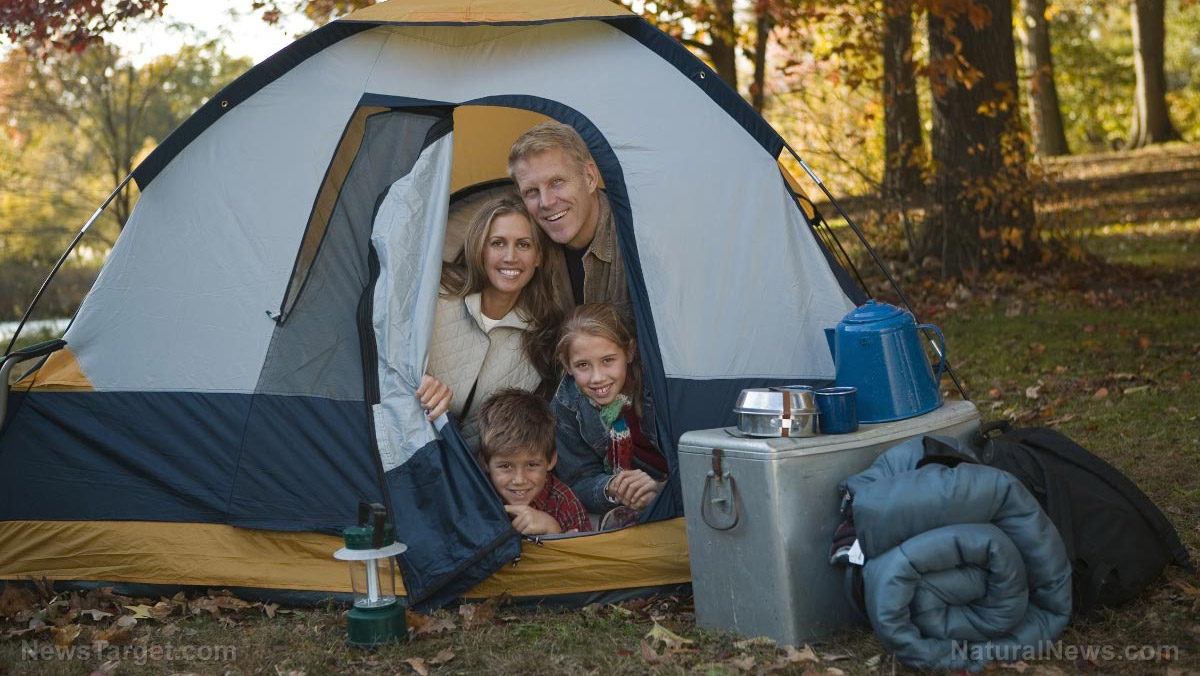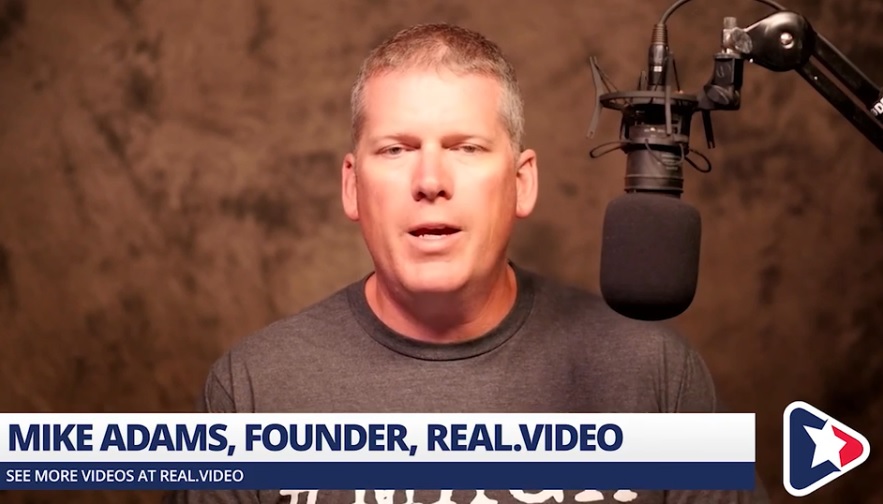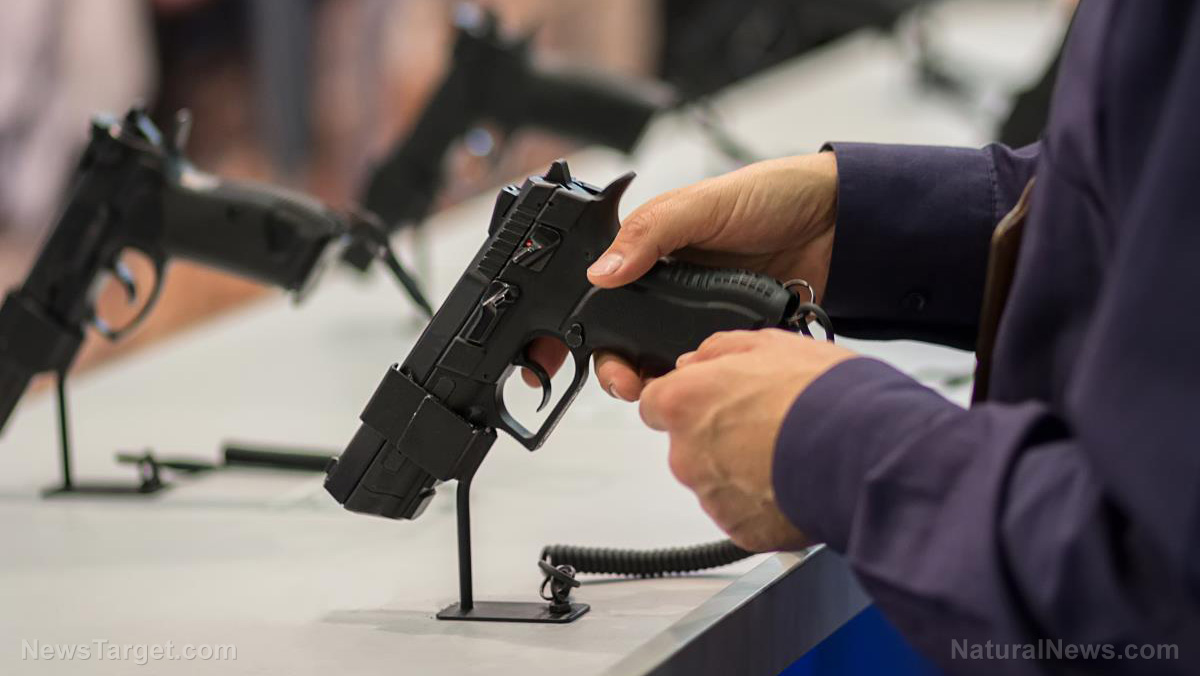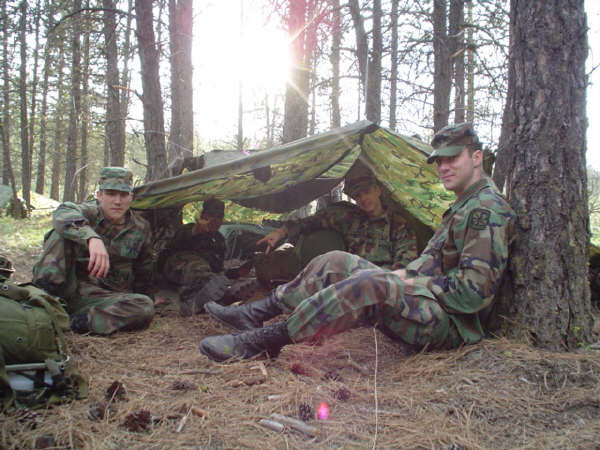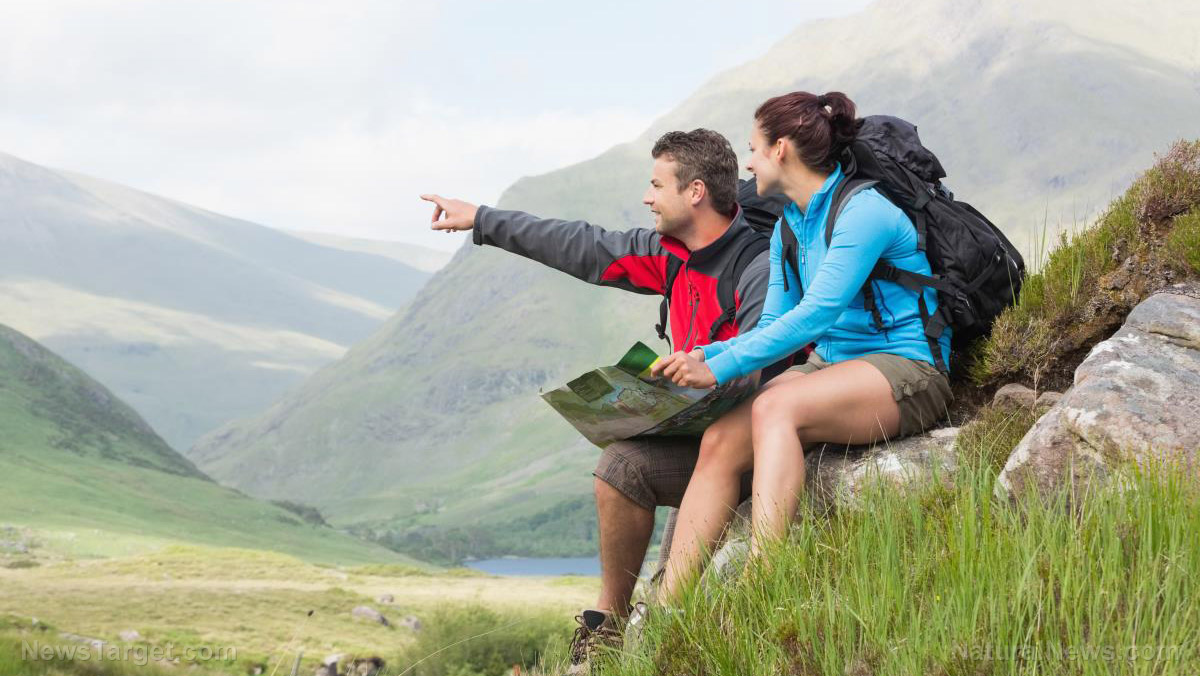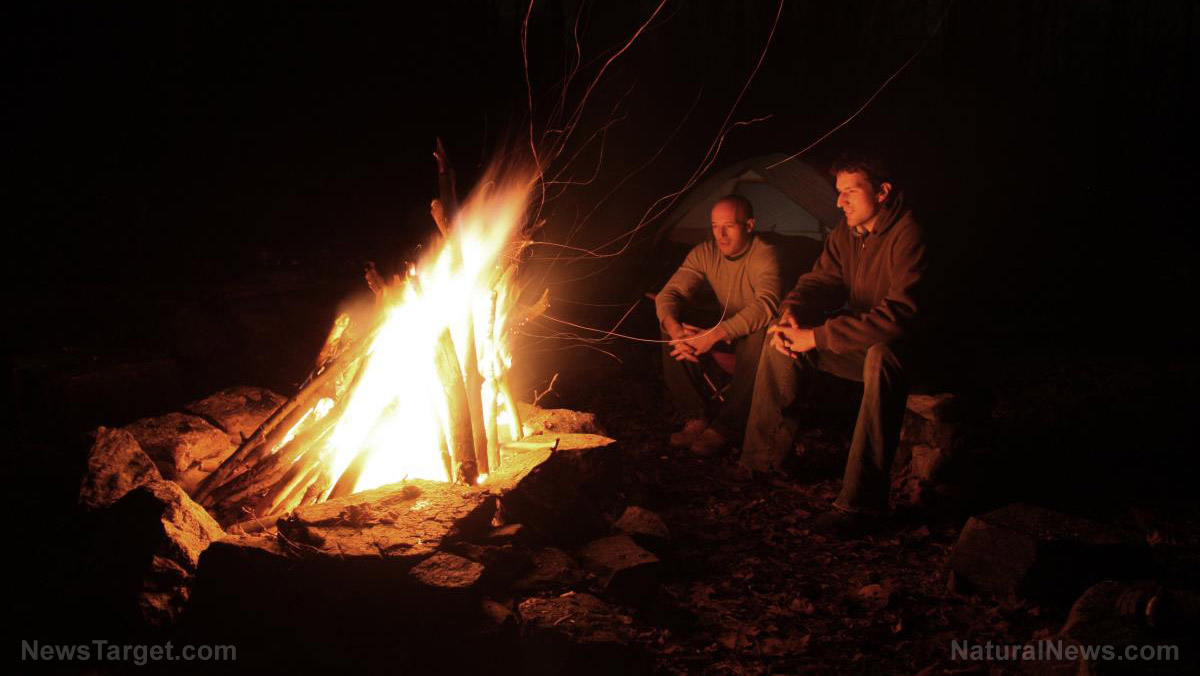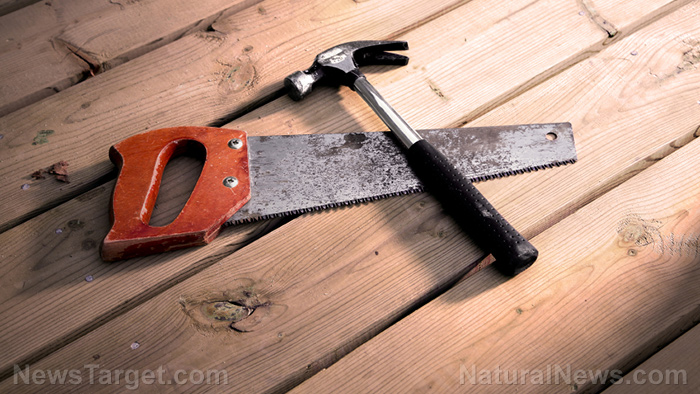Emergency care tips from 100 years ago: 7 Lessons that still apply today
08/09/2018 / By Rhonda Johansson

Roughly 100 years ago, medical science was still very much involved with educating the public about basic emergency care. A lot of these first-aid tips are still incredibly relevant today. Here are such seven practices that you should familiarize yourself with. (h/t to BioPrepper.com)
- How to stop bleeding from an artery below the middle of the arm – Bleeding from an artery is potentially fatal. The most important thing to do is to stop the bleeding. You do this by making a tourniquet. Raise the affected arm from the side to around shoulder height. Make a pad from a bandage, piece of cloth, or any clean material that you will apply to the artery. Wrap gauze or fabric around the arm with the center covering the pad. Tie the bandage together in a knot on the outside. Use a pencil or a stick to twist and tighten the bandage until the bleeding stops. Typically you do this by placing the stick under the knot. After, secure the stick in position by wrapping another bandage above or below the tourniquet.
- How to stop bleeding anywhere below the middle of the arm – You would need to compress the artery using your fingers. As with the tourniquet, raise the affected arm to around shoulder level. Turn the hand so that your palm faces up. Grab the upper arm with your thumb in front and the fingers behind the arm around the brachial artery (the major artery near your elbow and on the upper inside of your arm) and then apply pressure so that the fingers and artery are pushed backwards. Hold this position until you can find a medical center.
- How to apply splints to a fracture of either or both bones of the forearm – Bend the broken arm at the elbow to form a right angle. The palm should be facing the body with the thumb pointing upwards. Apply two splints; one on the inside of the arm (reaching the elbow to just past the fingertips) and the other on top of the arm (from the elbow to the knuckles). If you can, place some padding between the arm and the splint. Secure the splint with bandages just below the elbow and wrist. Create a makeshift sling and use that to support the arm.
- How to splint an upper arm fracture – Bend the arm at the elbow to form a right angle. Use four splints around the affected fracture. These should be equally spaced and should reach the shoulder to elbow, except the one placed inside (closest to the body). This one should be shorter and not apply pressure on the bend of the elbow. Wrap the splints with bandage above and below the break. Support this with a sling.
- How to make an improvised stretcher – Find two long poles around six to seven feet in length, two short sticks around 2.5 feet long, rope, and twine. Lay the long poles parallel to each other and around two feet apart. Place the shorter sticks approximately four inches from either end of the longer poles, creating a rectangle with handles. Tie the sticks together with twine. Then, tie a rope at one corner and stretch it back and forth in a zigzag manner across the stretcher. Tie the end of the rope to the corner diagonal to the starting point.
- How to support a friend with a sprained ankle – Stand next to the person on the same side as the injured limb. Place your arm (on that side) around the waist and then bring the person’s arm nearest you around your neck, grabbing his wrist with your other hand.
- How to do the fireman’s lift – Turn the unconscious person face down. Kneel close to the person’s head and from the front, pass your hands beneath the armpits. Lift the person up towards you. Take extra care to lift from your legs so that you don’t strain yourself. Lock your hands around the person’s waist and then stand up, holding on of the wrists up and passing the other arm between the legs. The person should fall across your shoulders.
You never know when you would need to perform emergency first-aid. Learn more when you visit Preparedness.news.
Sources include:
Tagged Under: bleeding, emergency care tips, firemans pull, first aid, fracture, how to, preparedness, prepper, prepping, SHTF, splints, sprained ankle, survival, Survival Tips, survivalist, timeless advice





